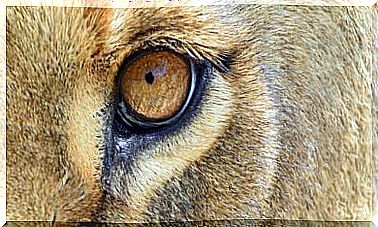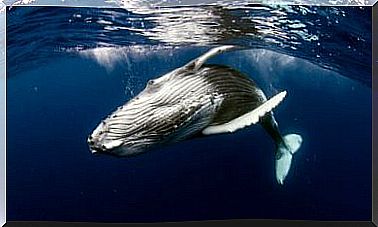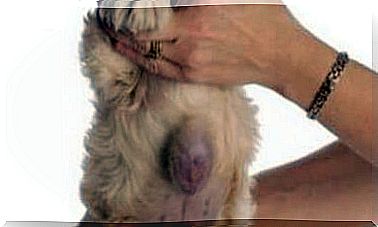Parasites In Rodents: Which Are The Most Common?
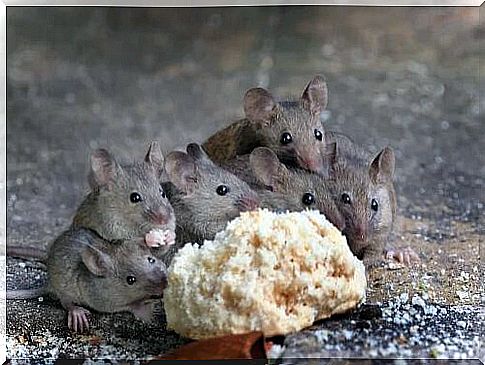
Rodents are often one of the most serious health problems in densely populated urban areas. Poor waste management in general, as well as poor cleaning and poor hygiene measures are often factors that favor the appearance of mice and rats. Consequently, the spread of parasites in rodents is also common.
Both rats and mice are the largest representation of this type of mammal, which includes about 2280 other species. Of course, not all of these species pose a phytosanitary risk to humans.
However, the difficulties with this type of animals are not limited to the metropolises. Even rural areas do not escape the threat of this plague. That is why, regardless of location, they have been considered one of the deadliest infestation problems throughout history.
Rodents, unfairly stigmatized?
The classification of all rodents as a scourge is not entirely accurate. However, their negative action, as well as their ability to carry parasites, viruses and bacteria, has been greatly favored by the disordered spread of human civilizations.
Furthermore, among the species in this category are guinea pigs and guinea pigs. This type of animals have long been used as objects of study in various kinds of experiments. There has often been abuse in the use of these animals in various experiments.
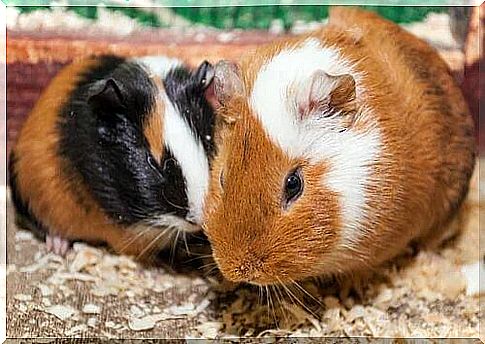
Fortunately, many of these animals have peaceful lives as pets. Others, however, despite living mainly as wild animals, enjoy great sympathy and popularity. Among these we can mention the squirrels.
Rodents: carriers of parasites, viruses, bacteria and diseases
Many people have the mistaken belief that only rats and mice are carriers of parasites and diseases that are very harmful to human health. However, other species such as marmots, voles, prairie dogs, and even friendly squirrels can also transmit moderate to very severe disease.
First, almost all species of this family can provide accommodation and food for various ectoparasites or external parasites. The most common are fleas, ticks, lice and mites. Mosquitoes and flies are also included in this list.
Furthermore, research has shown that rats can carry up to 13 zoonotic parasites. This means that they can be carried and transmitted, negatively affecting humans.
This risk of infection doesn’t just happen with specimens that live in cities and eat garbage. It also includes those animals that live in agricultural environments and maintain a “healthier” diet.
But that is not all. Rodents can also host 10 other types of non-zoonotic parasites. In fact, rodent specimens have been found carrying up to nine different species of these parasites dangerous to humans. Hence the high risk of sharing space with them.
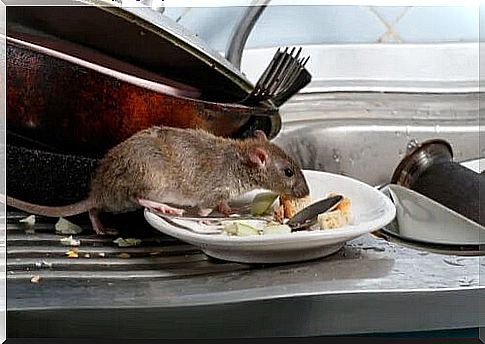
Parasites in rodents, channels of infection
The ways in which a rodent can transmit parasites and diseases to humans are very varied. Sometimes it is enough for the skin to come into direct contact with the animal’s excrement. Not only urine and feces, but saliva as well. The risk of transfer is equally high by inhalation.
The victims of attacks with bites and scratches are almost always treated in health centers as possible new potential recipients of some pathologies. For this reason, the measures taken when this happens are extremely aggressive.
Rodents can easily contaminate even the food they come in contact with. For this reason they are very unwanted guests in kitchens, especially in bars and restaurants. Likewise, they are dangerous in all places where prepared foods are sold, including packaged products or where food is stored.
Another risk, very dangerous to human health, is that rodents have the unwanted ability to poison water or any liquid they come into contact with.
Parasites and most common diseases carried by rodents
Salmonella tops the list of diseases whose transmission to humans occurs directly through rodents. Its symptoms, which occur between 12 and 72 hours after infection, include diarrhea, vomiting, fever, and abdominal pain.
But undoubtedly the most infamous disease linked to these animals, especially rats, is the plague. Unfortunately, it has been responsible for millions of deaths throughout history. Its sad record has surpassed the human losses of all the wars fought and the dramatic decline of the human population in certain historical periods.




